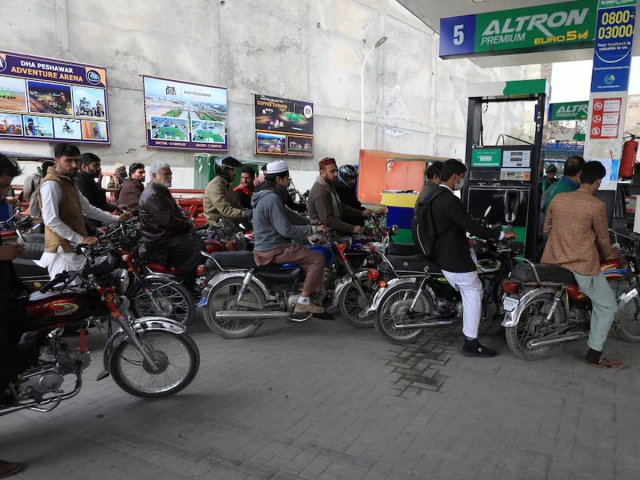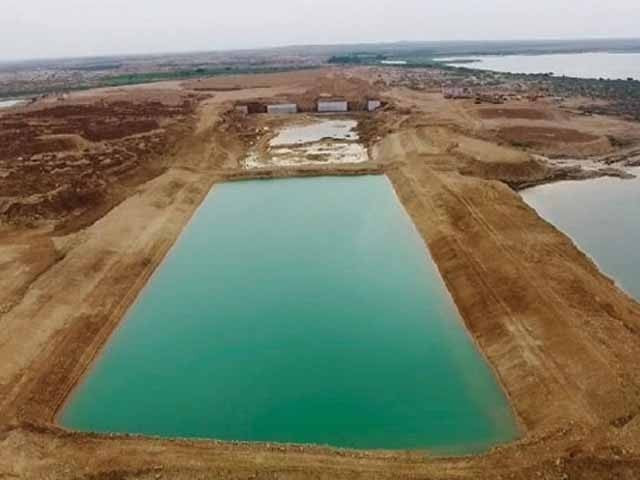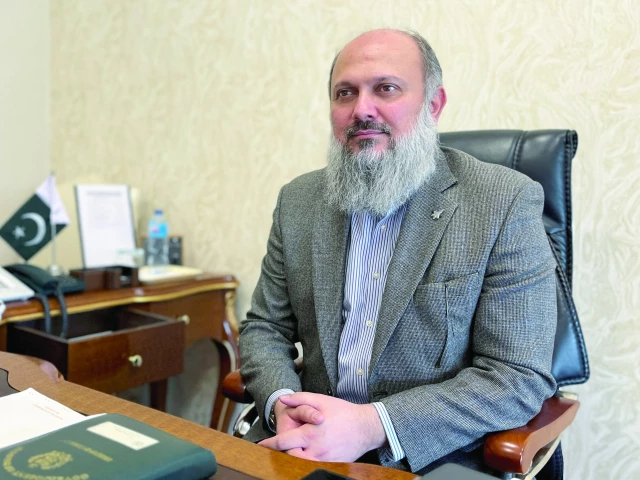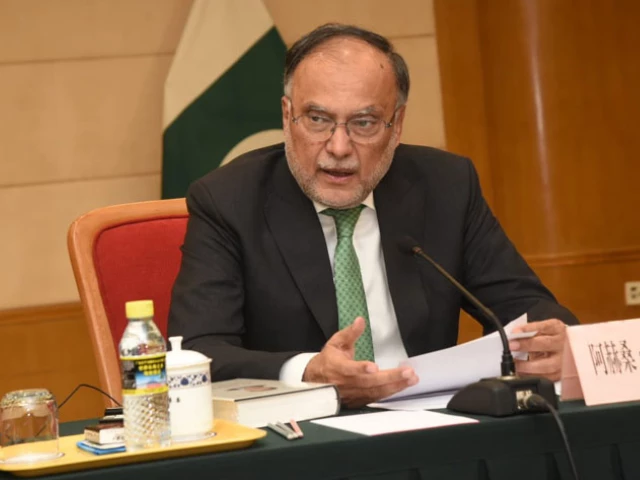Business
New funds to bridge $15b gap | The Express Tribune

KARACHI:
The Securities and Exchange Commission of Pakistan (SECP) has launched a new category of mutual funds titled Infrastructure Schemes under the framework of open-end collective investment schemes, in a bid to mobilise long-term domestic savings for infrastructure development.
The initiative, identified as a key milestone under the Fund Management Department’s Roadmap 2025-26, was first discussed at the Mutual Fund Focus Group Session earlier this year. Following extensive consultations with the Mutual Funds Association of Pakistan (MUFAP) and other stakeholders, SECP finalised a framework aimed at regulatory clarity, investor protection, and alignment with national development priorities.
Pakistan requires nearly $15 billion annually to meet its infrastructure financing needs, but current spending stands at only 2.1% of GDP, far below the international benchmark of 8-10%. By carving out a dedicated regulatory category, SECP hopes to provide greater visibility to infrastructure-focused funds and give investors structured access to projects of national importance.
“SECP’s introduction of a dedicated framework for Infrastructure Mutual Funds marks a transformative step for Pakistan’s capital markets and economy,” said Deputy Head of Trading at Arif Habib Ltd, Ali Najib.
For PSX and its investors, this development creates new investment avenues, particularly in long-term infrastructure sectors like energy, transport, housing, and healthcare, enhancing portfolio diversification and stability, he noted. Institutional and retail investors gain structured, transparent access to projects of national importance, potentially boosting liquidity and market depth.
For the common person, the framework indirectly benefits society by channelling savings into infrastructure development, leading to job creation, improved services, and better living standards while promoting sustainable economic growth, Najib added.
Under the new regulations, Asset Management Companies (AMCs) can classify infrastructure schemes as equity, debt, or hybrid funds. Investment opportunities cover a wide spectrum, including energy, transport, logistics, water, sanitation, communications, and social infrastructure such as hospitals, schools, industrial parks, affordable housing, and tourism facilities.
To boost investor confidence, minimum fund sizes have been set at Rs100 million for perpetual schemes. AMCs must also invest at least Rs25 million as seed capital in closed-end schemes exceeding three years’ maturity, ensuring manager-investor alignment. Such schemes may allow periodic subscriptions and redemptions after one year, with conditions clearly defined in offering documents.
The framework provides flexibility on Net Asset Value (NAV) disclosures, requiring updates at intervals not exceeding one month. Additionally, schemes must maintain at least 70% of net assets in infrastructure securities, with any shortfall to be regularised within three months.
Management fees have been capped at 3% for equity schemes and 1.5% for debt schemes, with hybrid funds following a weighted average formula. Sales loads are prohibited, though contingent loads may apply for early redemptions in closed-end schemes.
Maaz Azam, Research Head at Optimus Capital Management, termed the framework an “alternative investment avenue” that could strengthen transparency and accountability in infrastructure projects. He observed that corruption and poor quality often mar public projects, but a regulated fund structure could enforce higher standards and return-oriented practices. “This is a good step,” Azam said. “It gives investors exposure to a new asset class, while the country benefits from long-term infrastructure development.”
The SECP initiative is seen as part of broader efforts to expand the role of capital markets in Pakistan’s economic development. By bridging the infrastructure financing gap, the regulator aims to attract both domestic and international investors while reinforcing confidence in the fund management industry.
Business
India’s $5 Trillion Economy Push Explained: Why Modi Govt Wants To Merge 12 Banks Into 4 Mega ‘World-Class’ Lending Giants
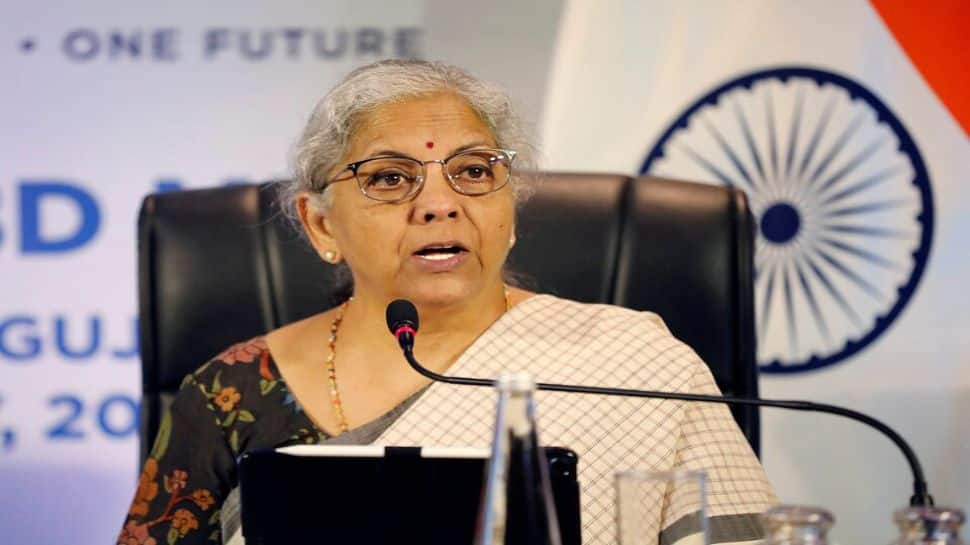
India’s Public Sector Banks Merger: The Centre is mulling over consolidating public-sector banks, and officials involved in the process say the long-term plan could eventually bring down the number of state-owned lenders from 12 to possibly just 4. The goal is to build a banking system that is large enough in scale, has deeper capital strength and is prepared to meet the credit needs of a fast-growing economy.
The minister explained that bigger banks are better equipped to support large-scale lending and long-term projects. “The country’s economy is moving rapidly toward the $5 trillion mark. The government is active in building bigger banks that can meet rising requirements,” she said.
Why India Wants Larger Banks
Sitharaman recently confirmed that the government and the Reserve Bank of India have already begun detailed conversations on another round of mergers. She said the focus is on creating “world-class” banks that can support India’s expanding industries, rising infrastructure investments and overall credit demand.
She clarified that this is not only about merging institutions. The government and RBI are working on strengthening the entire banking ecosystem so that banks grow naturally and operate in a stable environment.
According to her, the core aim is to build stronger, more efficient and globally competitive banks that can help sustain India’s growth momentum.
At present, the country has a total of 12 public sector banks: the State Bank of India (SBI), the Punjab National Bank (PNB), the Bank of Baroda, the Canara Bank, the Union Bank of India, the Bank of India, the Indian Bank, the Central Bank of India, the Indian Overseas Bank (IOB) and the UCO Bank.
What Happens To Employees After Merger?
Whenever bank mergers are discussed, employees become anxious. A merger does not only combine balance sheets; it also brings together different work cultures, internal systems and employee expectations.
In the 1990s and early 2000s, several mergers caused discomfort among staff, including dissatisfaction over new roles, delayed promotions and uncertainty about reporting structures. Some officers who were promoted before mergers found their seniority diluted afterward, which created further frustration.
The finance minister addressed the concerns, saying that the government and the RBI are working together on the merger plan. She stressed that earlier rounds of consolidation had been successful. She added that the country now needs large, global-quality banks “where every customer issue can be resolved”. The focus, she said, is firmly on building world-class institutions.
‘No Layoffs, No Branch Closures’
She made one point unambiguous: no employee will lose their job due to the upcoming merger phase. She said that mergers are part of a natural process of strengthening banks, and this will not affect job security.
She also assured that no branches will be closed and no bank will be shut down as part of the consolidation exercise.
India last carried out a major consolidation drive in 2019-20, reducing the number of public-sector banks from 21 to 12. That round improved the financial health of many lenders.
With the government preparing for the next phase, the goal is clear. India wants large and reliable banks that can support a rapidly growing economy and meet the needs of a country expanding faster than ever.
Business
Stock market holidays in December: When will NSE, BSE remain closed? Check details – The Times of India

Stock market holidays for December: As November comes to a close and the final month of the year begins, investors will want to know on which days trading sessions will be there and on which days stock markets are closed. are likely keeping a close eye on year-end portfolio adjustments, global cues, and corporate earnings.For this year, the only major, away from normal scheduled market holidays in December is Christmas, observed on Thursday, December 25. On this day, Indian stock markets, including the Bombay Stock Exchange (BSE) and National Stock Exchange (NSE), will remain closed across equity, derivatives, and securities lending and borrowing (SLB) segments. Trading in currency and interest rate derivatives segments will continue as usual.Markets are expected to reopen on Friday, December 26, as investors return to monitor global developments and finalize year-end positioning. Apart from weekends, Christmas is the only scheduled market holiday this month, making December relatively quiet compared with other festive months, with regards to stock markets.The last trading session in November, which was November 28 (next two days being the weekend) ended flat. BSE Sensex slipped 13.71 points, or 0.02 per cent, to settle at 85,706.67, after hitting an intra-day high of 85,969.89 and a low of 85,577.82, a swing of 392.07 points. Meanwhile, the NSE Nifty fell 12.60 points, or 0.05 per cent, to 26,202.95, halting its two-day rally.
Business
A Silent Threat Looms Over India’s Big Industries – Is Growth In Danger?
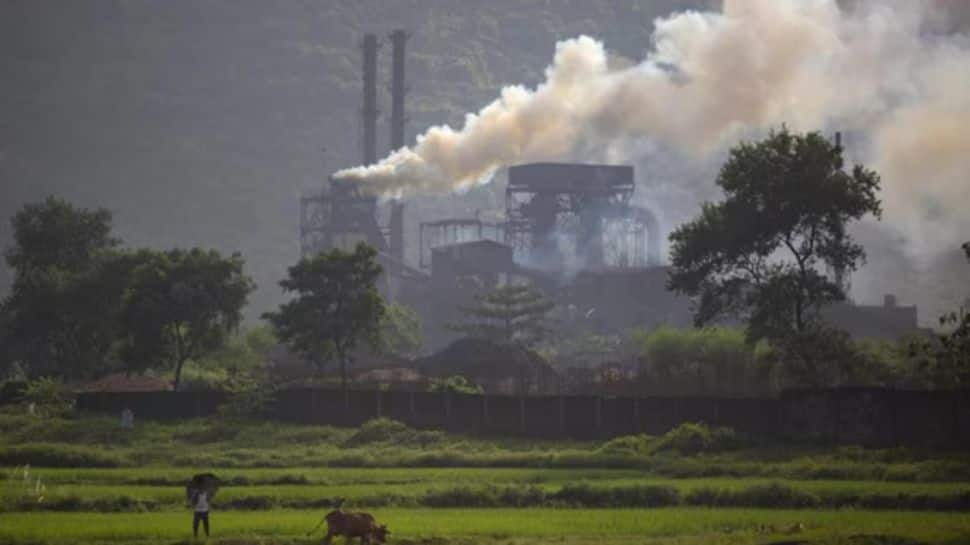
New Delhi: As Indian exporters were already dealing with the heavy impact of tariffs imposed by US President Donald Trump, a new threat has come the fore. A report by global consulting firm BCG warns that India’s industries linked to exports and bound by international rules are now at risk from climate change. The most vulnerable sectors include aluminium, iron, and steel, which could face big losses in profits, disruptions in operations and long-term challenges to their sustainability if prompt action is not taken.
BCG Managing Director and Senior Partner Sumit Gupta, who is also Asia-Pacific leader for climate & sustainability, told PTI that according to the Climate Risk Index 2026, India ranks among the top 10 countries most exposed to extreme weather conditions.
“The cost of ignoring climate change for India could be enormous,” he said, referring to the findings released at COP30.
Citing data from the Reserve Bank of India and the World Economic Forum 2024, he explained that by 2030, extreme climate events could threaten 4.5% of India’s GDP, and by the end of the century, losses could range between 6.4% and more than 10% of national income if climate risks are not addressed.
Direct Impact On Companies
Gupta highlighted how the climate threats directly affect businesses. Extreme weather can destroy physical infrastructure such as roads and bridges, reduce workers’ hours and hamper overall productivity.
Regions with higher climate vulnerability may experience delays in project execution, and investment potential could decline as uncertainty grows.
Earnings Under Threat
BCG’s estimates suggest that globally, climate-related risks could put 5% to 25% of companies’ EBITDA at risk by 2050. Indian businesses are increasingly recognising the severity of the challenge, understanding that climate change threatens not only profits but also the long-term stability of their operations.
If India wants to protect its economy and exports, he advised, taking action on climate change is urgent and necessary.
-

 Sports7 days ago
Sports7 days agoWATCH: Ronaldo scores spectacular bicycle kick
-

 Entertainment7 days ago
Entertainment7 days agoWelcome to Derry’ episode 5 delivers shocking twist
-

 Politics7 days ago
Politics7 days agoWashington and Kyiv Stress Any Peace Deal Must Fully Respect Ukraine’s Sovereignty
-

 Business7 days ago
Business7 days agoKey economic data and trends that will shape Rachel Reeves’ Budget
-

 Tech5 days ago
Tech5 days agoWake Up—the Best Black Friday Mattress Sales Are Here
-

 Fashion7 days ago
Fashion7 days agoCanada’s Lululemon unveils team Canada kit for Milano Cortina 2026
-

 Tech5 days ago
Tech5 days agoThe Alienware Aurora Gaming Desktop Punches Above Its Weight
-

 Politics7 days ago
Politics7 days ago53,000 Sikhs vote in Ottawa Khalistan Referendum amid Carney-Modi trade talks scrutiny


